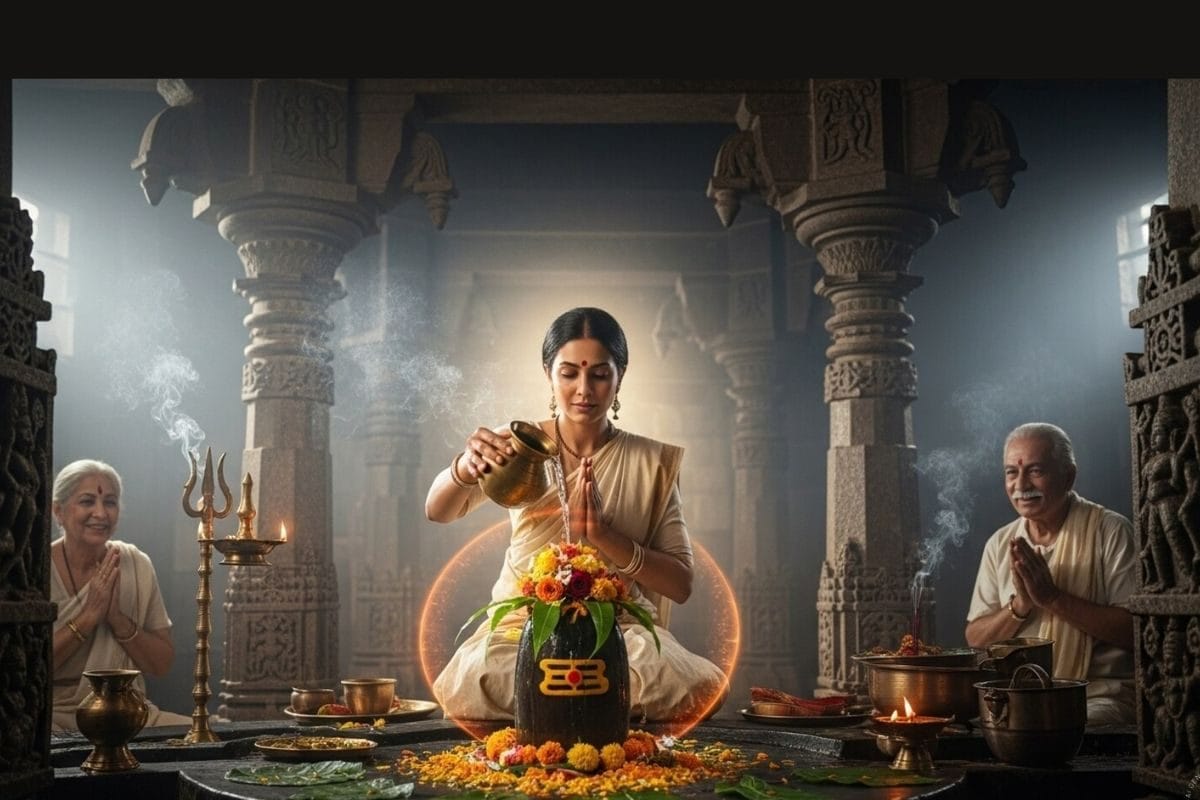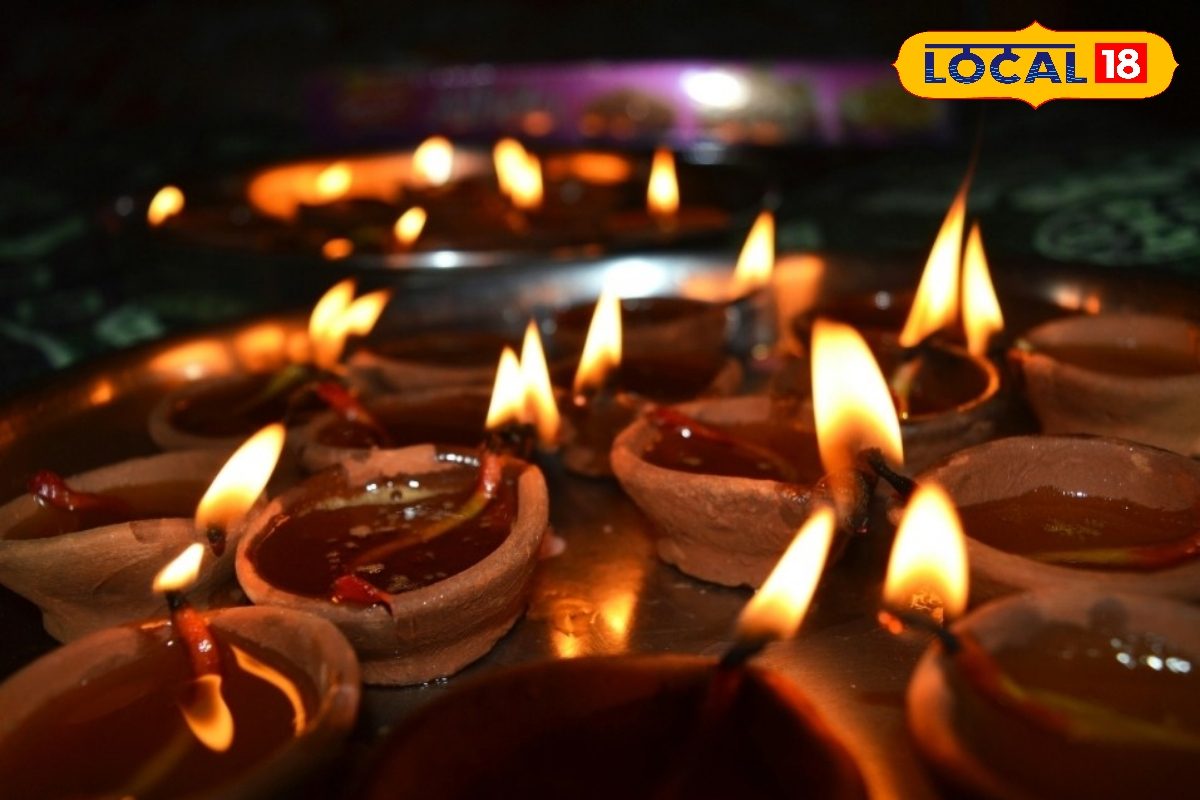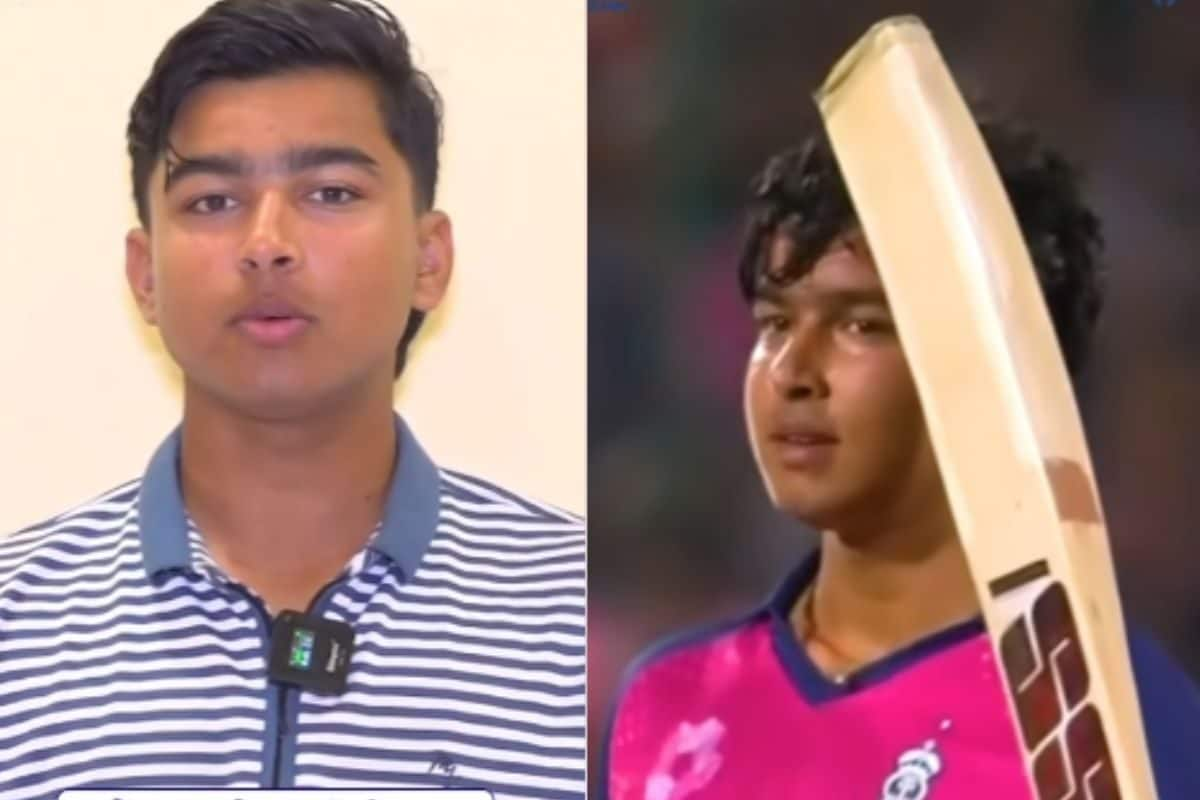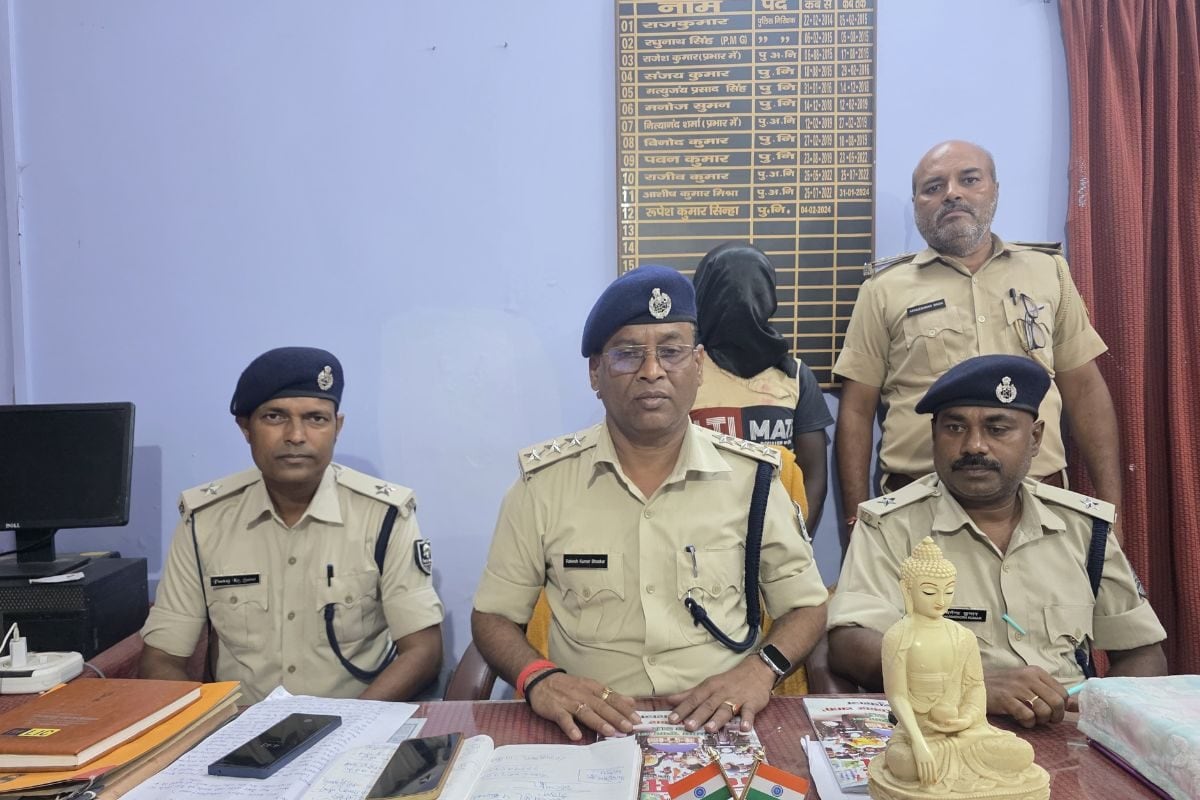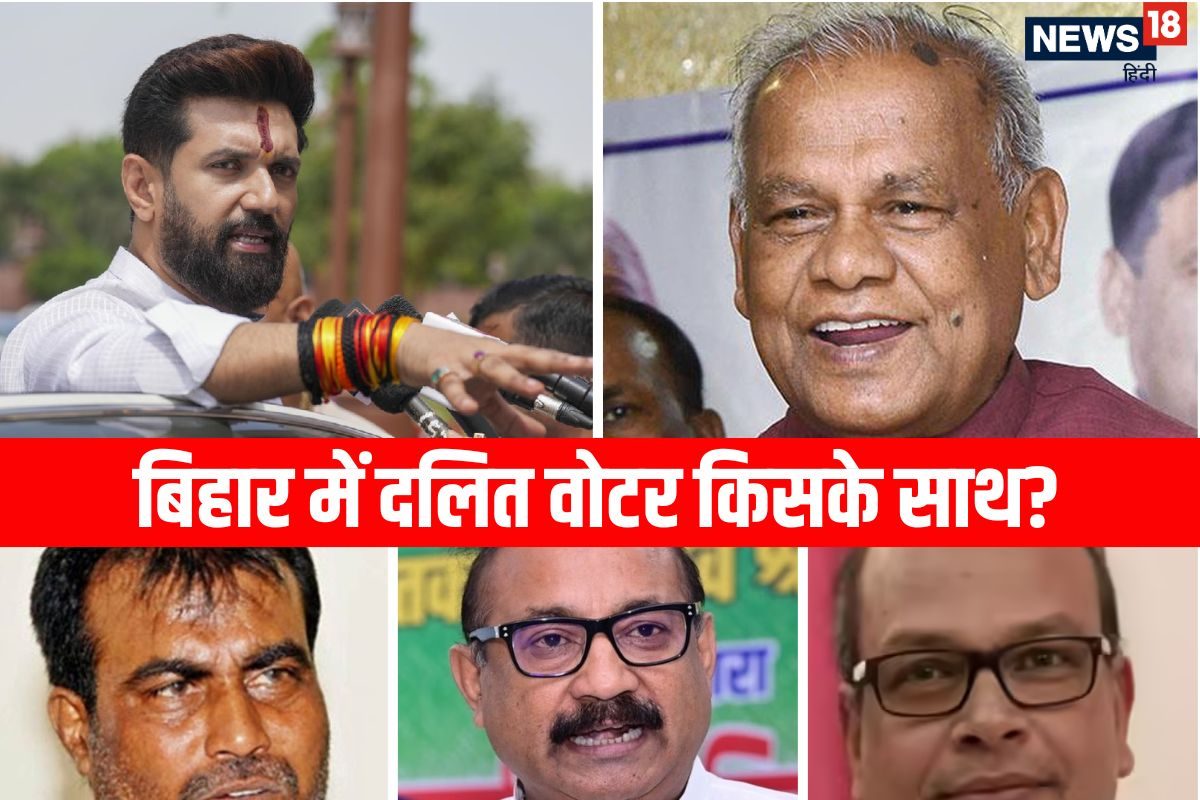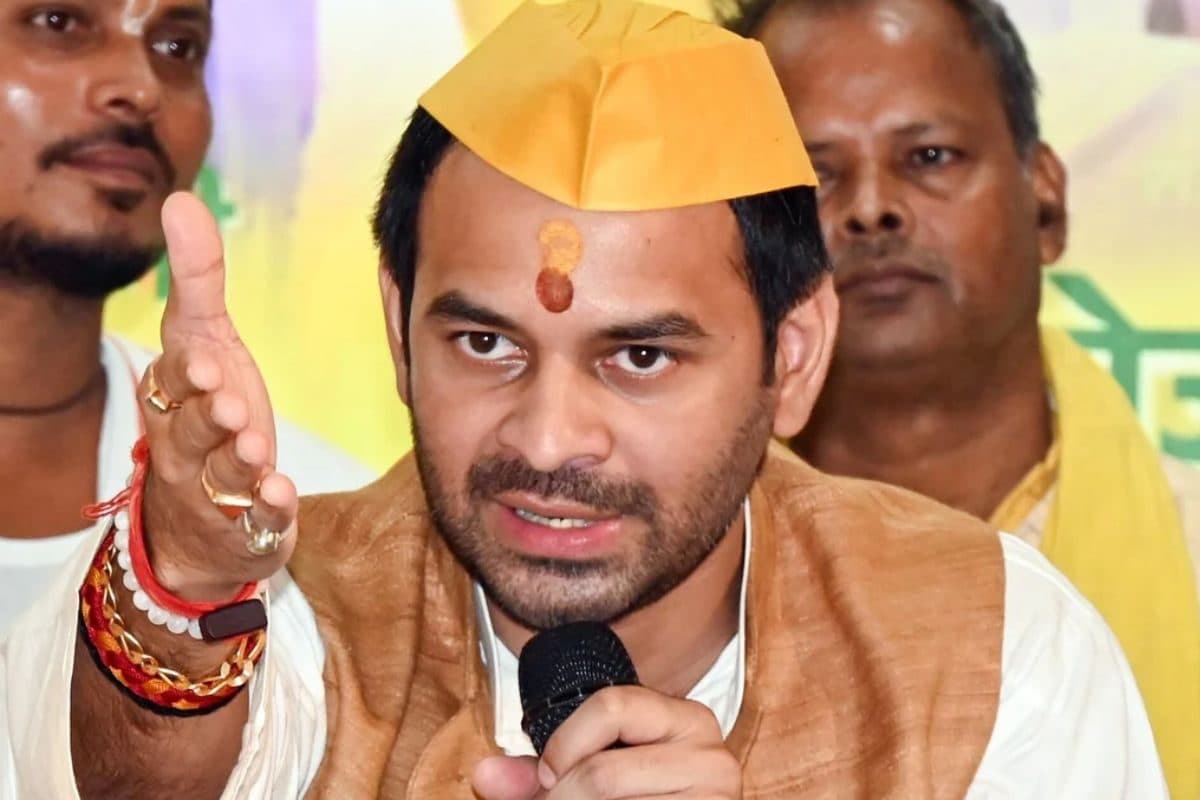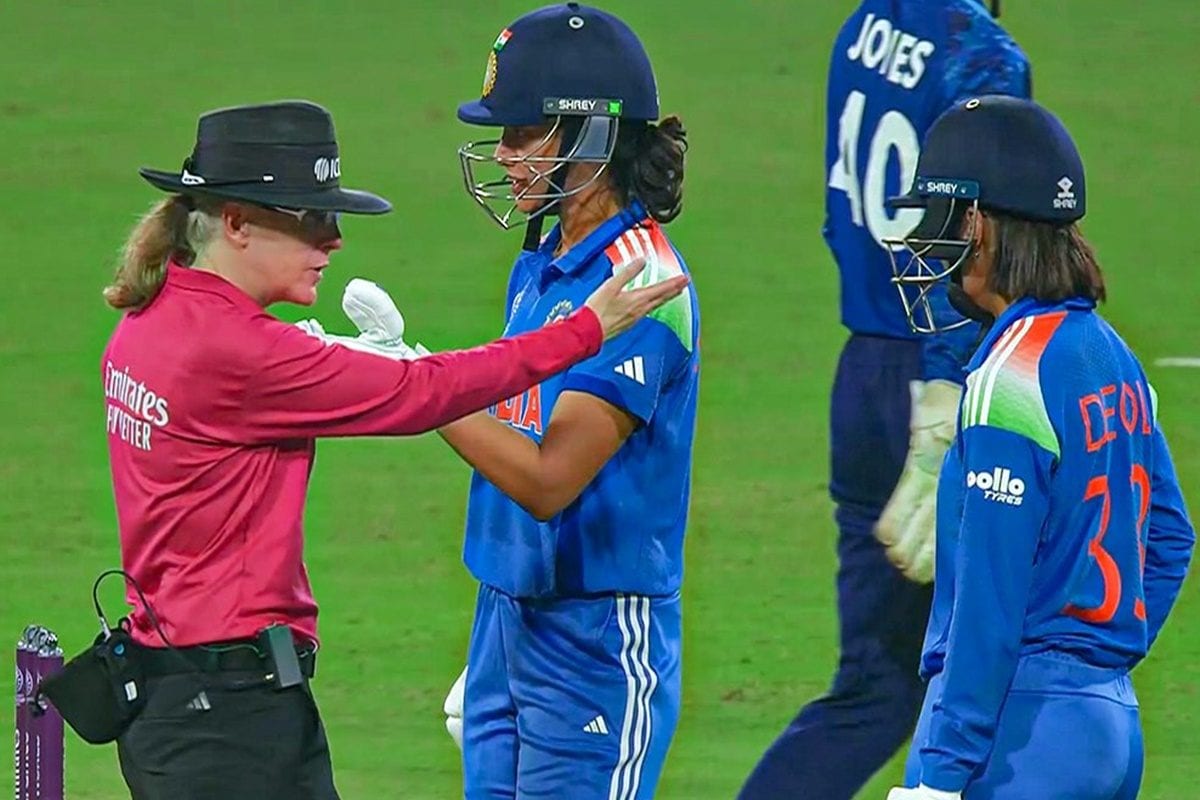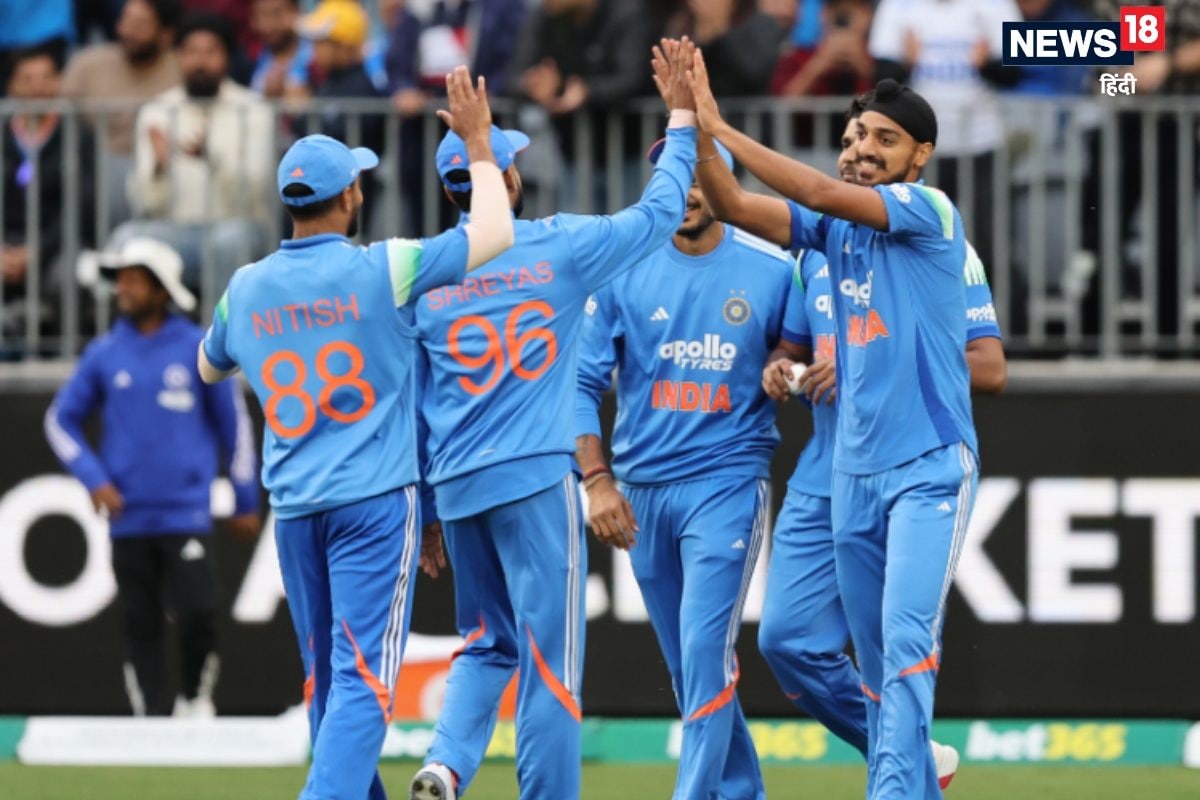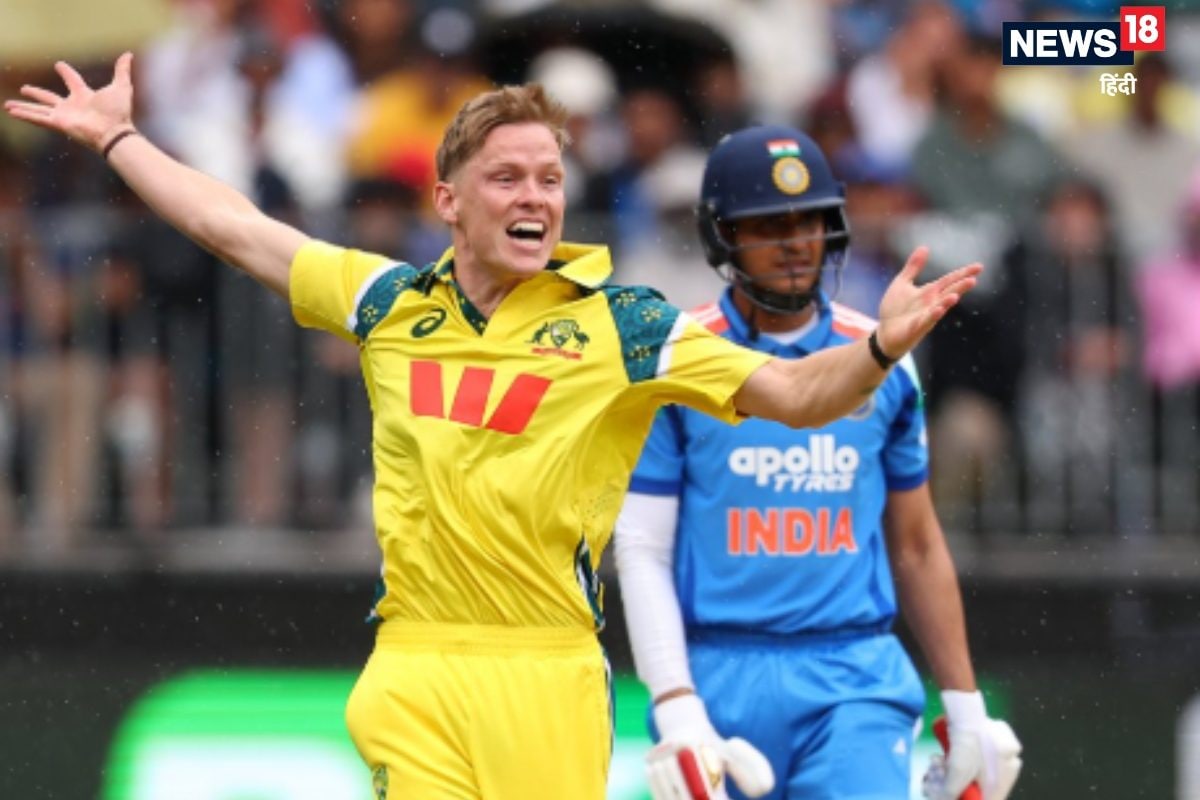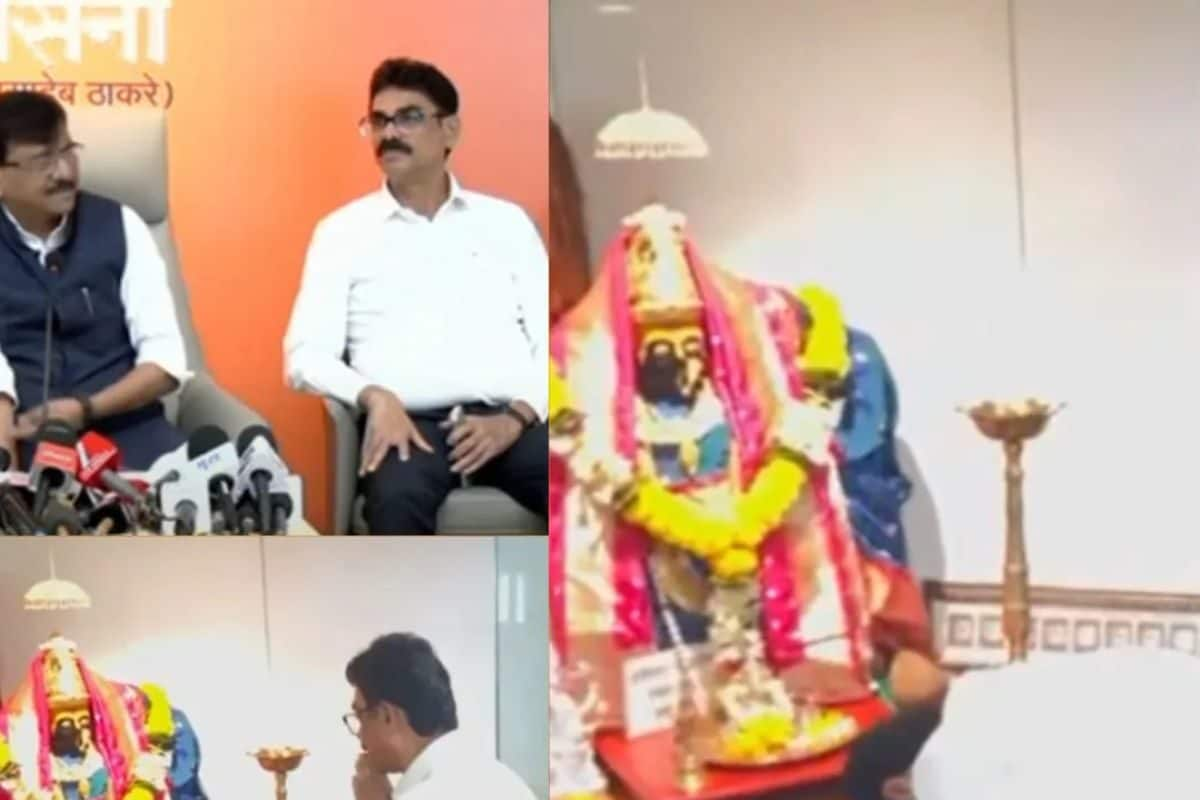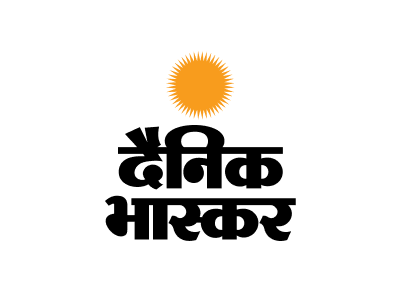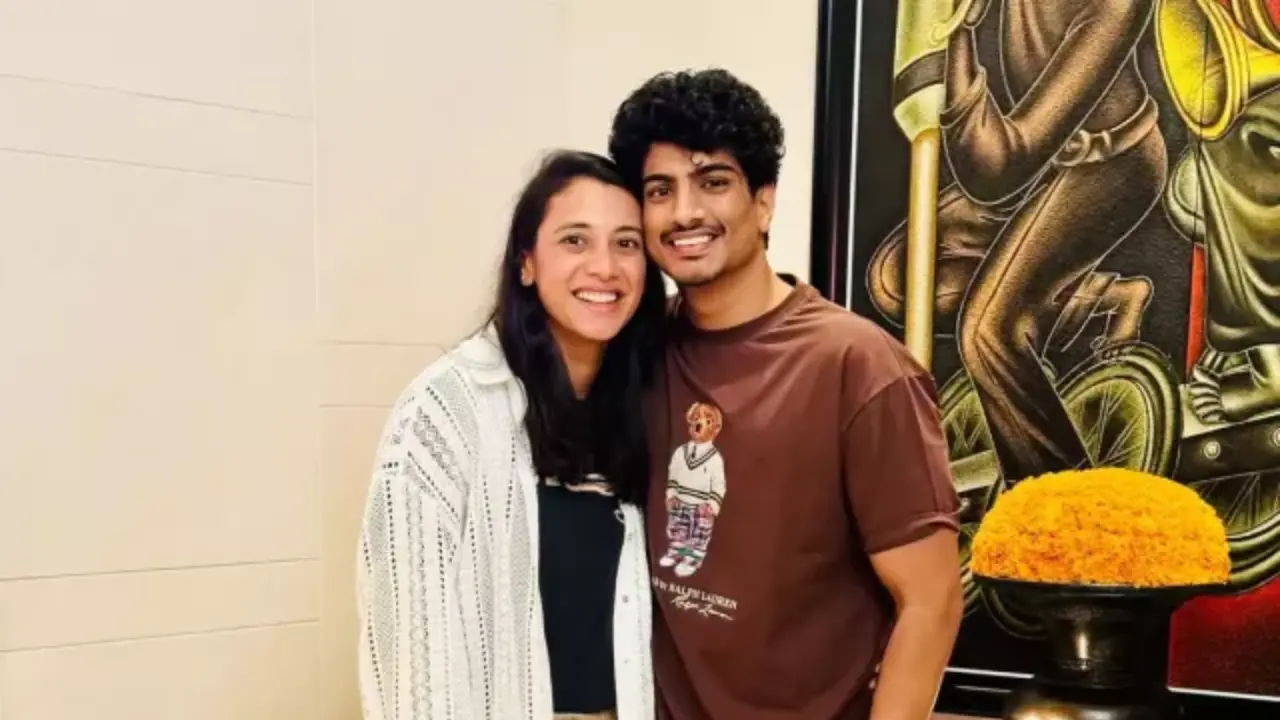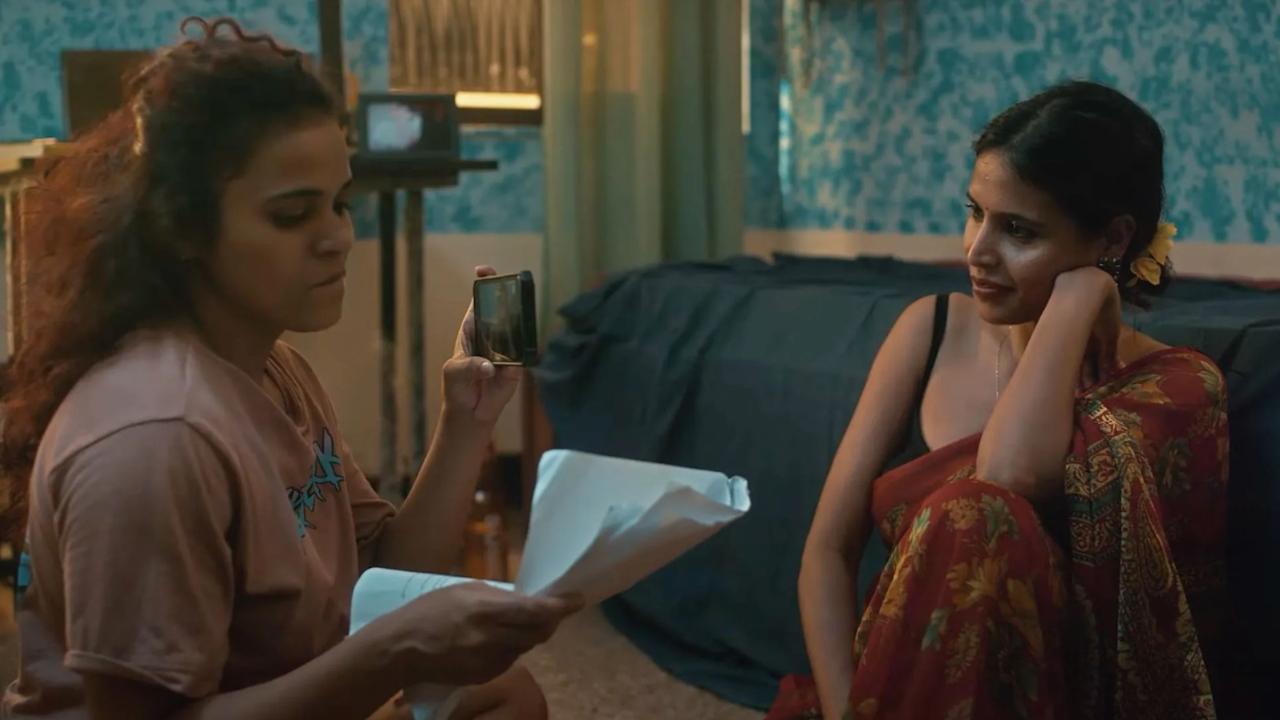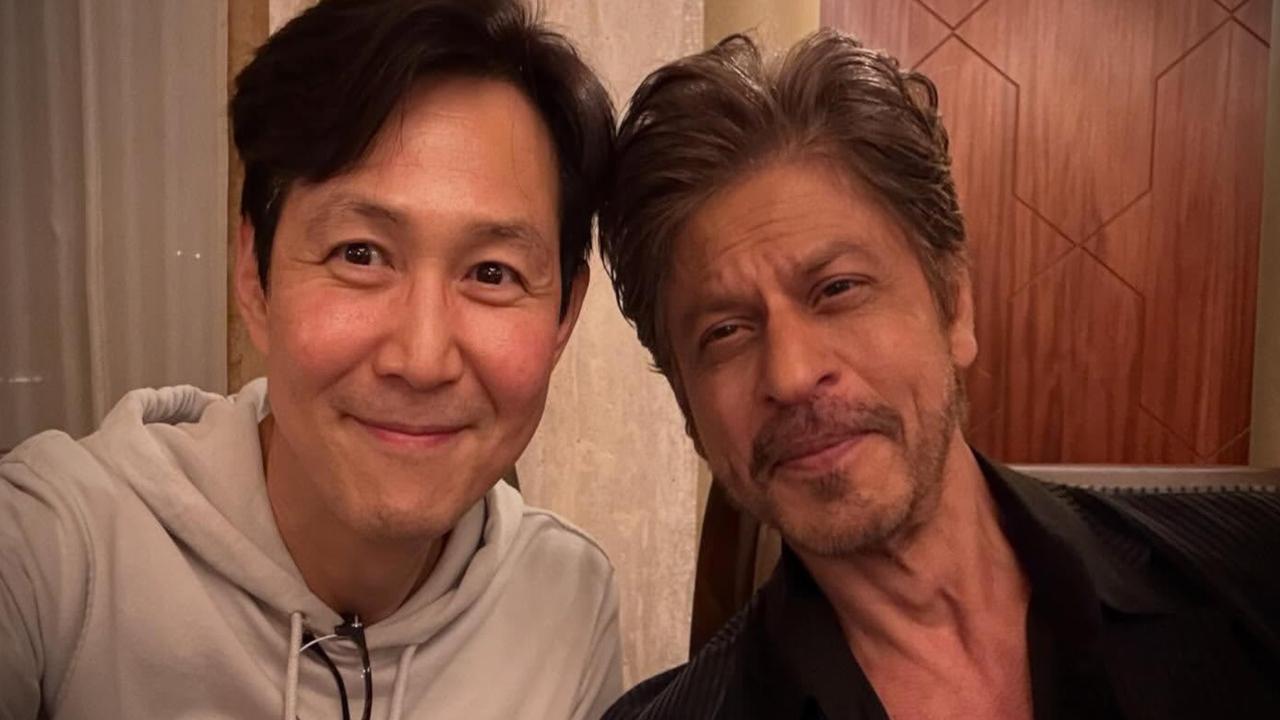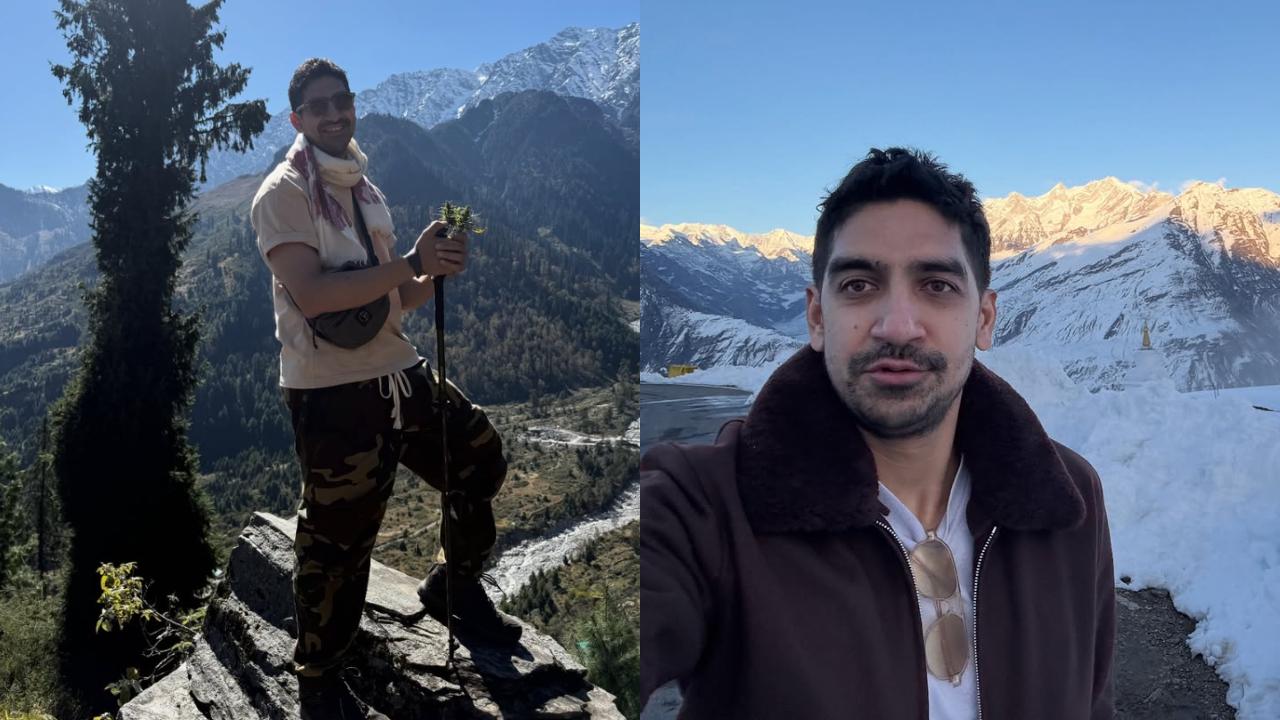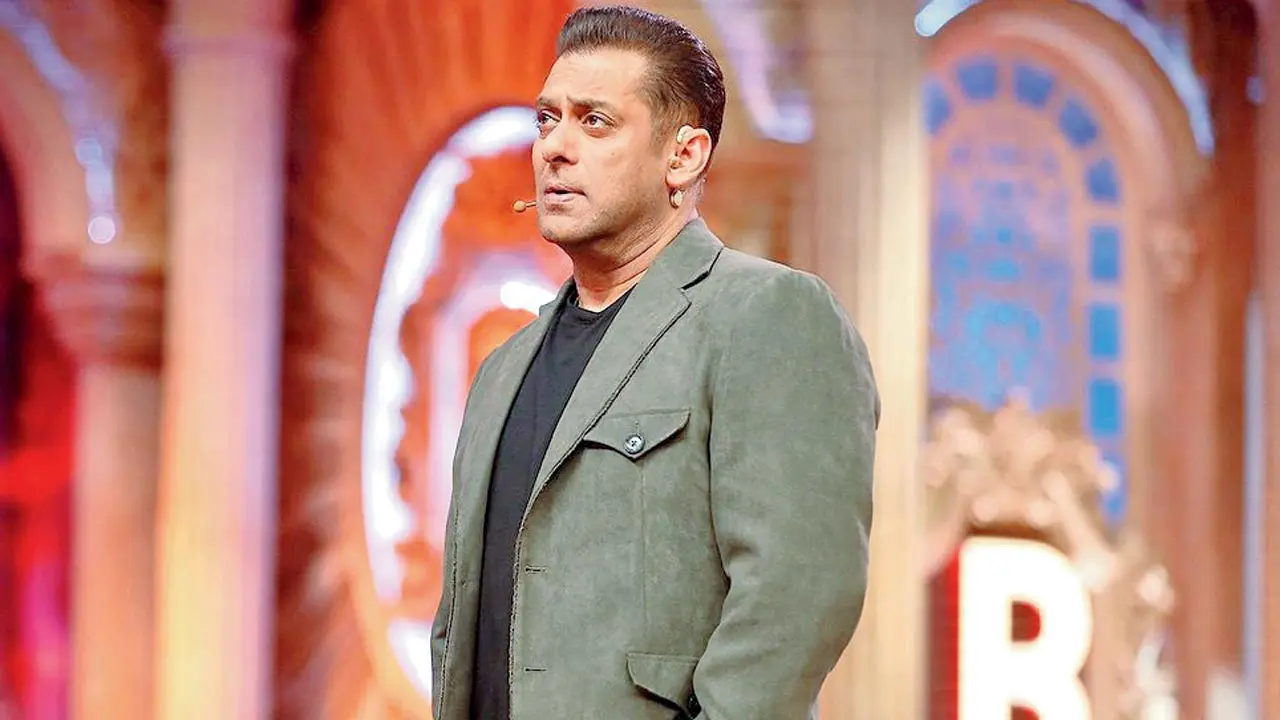Will Aamir Khan`s pay-per-view model with Sitaare Zameen Par be followed?
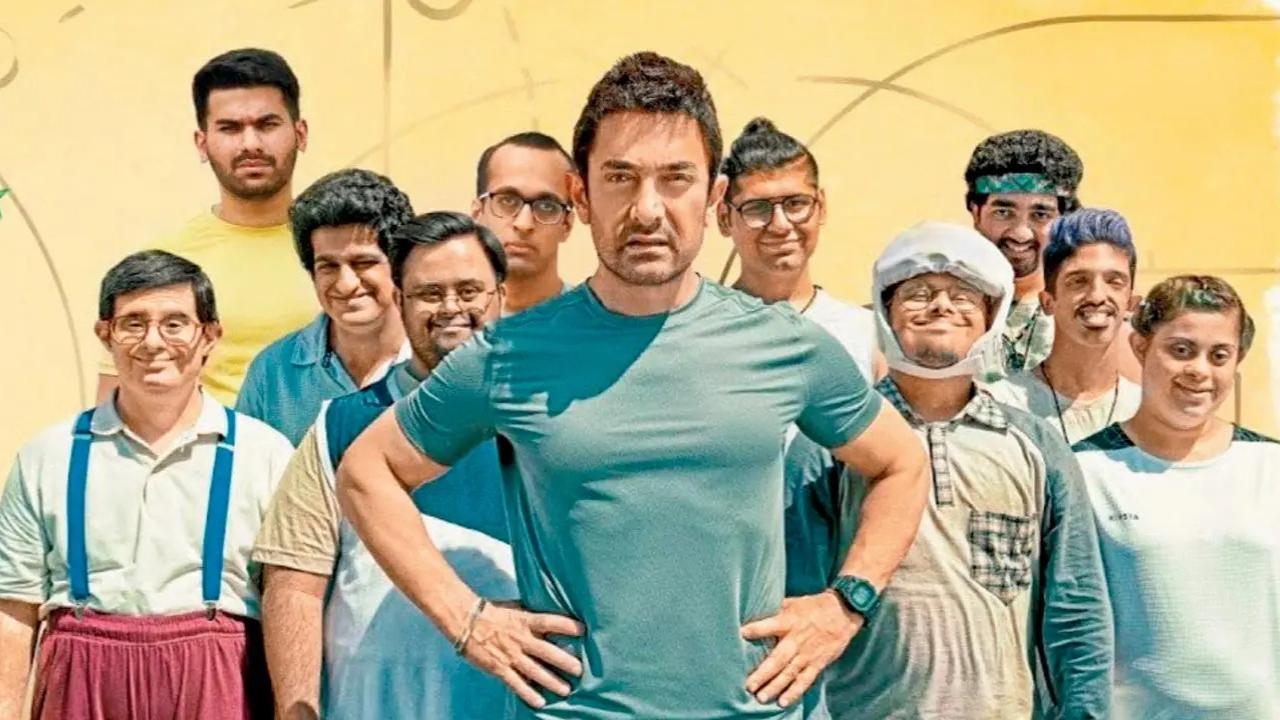
With his latest release Sitaare Zameen Par, actor and producer Aamir Khan has chosen to empower theatres in the age of OTT. Ahead of the film’s release in June, Khan explicitly stated that Sitaare Zameen Par would not be available on any OTT platform after its theatrical run, in the hope of encouraging audiences to return to cinemas. In recent years, with the rise of streaming platforms, films released in theatres are typically made available online within 4–8 weeks.
However, six weeks after its theatrical release, Aamir Khan’s film became digitally accessible but with a twist. Instead of going to a conventional OTT platform, the film was released on YouTube via a pay-per-view model. Viewers pay Rs 100 to access the film, which remains available for 48 hours from the time they hit play.
Is this model here to stay — and could it be a game-changer?
Many producers in the industry are hailing Khan’s decision and see great potential in it. “It’s a bold step because usually, when you sell a movie to an OTT platform, a fixed price is determined, and the money comes in at once. But with YouTube, it’s like people buying tickets in theatres. It’s a risky model; nonetheless, YouTube is one of the biggest platforms globally. Even if just 2–3 percent of people pay Rs 100, Aamir Khan could earn more than Rs 100 crore. So, it definitely has potential,”
says Nitin Burman, Chief Revenue Officer of Balaji Telefilms, in a conversation with mid-day.
He adds,“All models are risky when initially explored, but if this turns out to be successful, many producers in the future might consider going the YouTube route. For now, it’s a wait-and-watch game.”
Shows confidence in content
Sejal Shah of Bombay Fables also expressed optimism about Khan’s pay-per-view approach, calling it “gutsy.” “Aamir has always been ahead of the curve. It shows a certain confidence in the content and a willingness to experiment with how we reach audiences.”
Shah, who directed Nawazuddin Siddiqui’s Costao, believes the model could work especially well for smaller films that focus on strong storytelling and originality. “I’m open to trying the model too, but it depends on the film. The nature of the story, the audience we’re speaking to, and the timing all matter. It’s not a one-size-fits-all solution but it’s definitely worth exploring.”
The Model’s Biggest Challenge
The major challenge, Shah explains, is visibility. “In a crowded digital space, even good films can get overlooked. Unless the marketing is strong, audiences might hesitate to pay upfront. But I believe viewers are smart, discerning, and hungry for quality content. If they sense something worthwhile, they’ll show up.”
Ultimately, Shah feels it comes down to trust. “If we back our stories with sincerity and craft, models like pay-per-view can open up exciting new avenues for storytelling.”
Just another platform
Filmmaker Neeraj Pandey, on the other hand, feels like YouTube is just another platform like OTT. Talking to IANS, Pandey said, "YouTube is just another streaming platform. Don’t be under the impression that it’s something entirely different. Aamir has simply chosen an alternate route.”
As for whether he has any plans to release his own films on YouTube, Pandey said, “I haven’t really thought about it yet. These decisions are usually made when the film is ready for release and everything is being calibrated.”
What's Your Reaction?
 Like
0
Like
0
 Dislike
0
Dislike
0
 Love
0
Love
0
 Funny
0
Funny
0
 Angry
0
Angry
0
 Sad
0
Sad
0
 Wow
0
Wow
0

